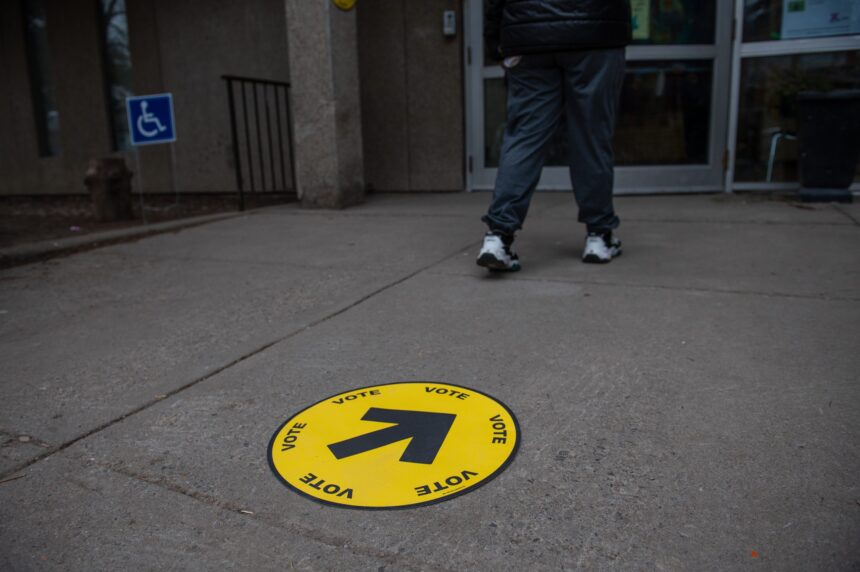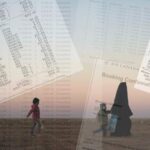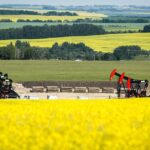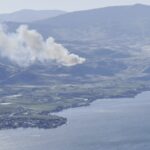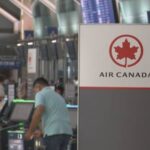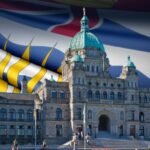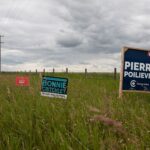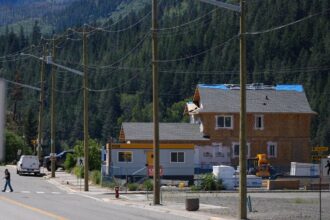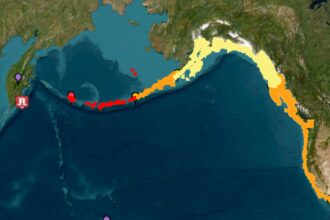Canadian Federal Election 2025: Canadians Head to Polls
The morning fog lifted across Vancouver as voters formed lines outside polling stations, joining millions of Canadians exercising their democratic right in what analysts are calling the most consequential federal election in decades. After 36 days of intense campaigning, attack ads, and policy debates, election day has arrived with polls suggesting one of the tightest races in recent Canadian political history.
“I’ve never seen voter enthusiasm like this,” remarked Elections Canada supervisor Janet Mercer at a downtown Vancouver polling station. “People were waiting before we opened at 7 a.m. The energy feels different this time.”
Early turnout numbers from Elections Canada indicate participation could exceed the 67% recorded in the 2021 federal election. The agency has prepared for high volumes after advance polls saw a 12% increase over the previous election cycle, with more than 5.8 million Canadians casting early ballots.
Party Leaders Make Final Appeals
Party leaders made their final appeals yesterday before retreating to their home ridings. Prime Minister Justin Trudeau, seeking a rare fourth consecutive term, spent the morning voting in his Papineau constituency before sequestering with family and close advisors. Conservative leader Pierre Poilievre cast his ballot in his Ottawa riding, telling reporters he felt “cautiously optimistic” about his party’s prospects after a campaign focused heavily on affordability and housing issues.
Key Battlegrounds and Electoral Dynamics
The electoral map shows numerous battlegrounds that could determine which party forms government. In British Columbia, polling suggests as many as 11 ridings could change hands, while Quebec remains volatile with significant Bloc Québécois support threatening Liberal strongholds.
“The 905 region around Toronto will likely decide this election,” explained political scientist Dr. Samantha Wong of the University of British Columbia. “Those suburban ridings have swung back and forth in recent elections, and with margins this tight, they’ll be crucial to watch tonight.”
Key Campaign Issues
Climate Policy
Climate policy emerged as a defining issue throughout the campaign, with stark differences between the major parties. The incumbent Liberals defended their carbon pricing system and green infrastructure investments, while Conservatives pledged to eliminate the carbon tax immediately upon taking office. The NDP and Green Party both proposed more aggressive emissions targets than currently in place.
Housing Affordability
Housing affordability dominated debates across the country, with each party offering competing visions to address skyrocketing prices. The Conservative plan centered on cutting regulatory red tape to increase supply, while Liberals defended their first-time homebuyer incentives and promised expanded rent-to-own programs. The NDP campaigned on building 500,000 affordable units and implementing a foreign buyers’ ban.
Looking Ahead to Election Night
Election night coverage begins at 7:30 p.m. Eastern, with first results expected from Atlantic Canada. Political observers will be watching several key indicators, including voter turnout in urban centers and rural participation rates, which have shown significant disparities in recent elections.
“Whatever happens tonight, Canadians should feel proud of our electoral system,” noted Chief Electoral Officer Stéphane Perrault in a statement. “More than 300,000 elections workers have been trained to ensure a fair, accessible, and transparent voting process.”
As polls close tonight across six time zones, a nation holds its collective breath. Will Canadians wake tomorrow to a majority government, a fragile minority, or unprecedented electoral uncertainty? The answer lies with millions of voters making their voices heard today in school gymnasiums, community centers, and church basements from coast to coast to coast.

